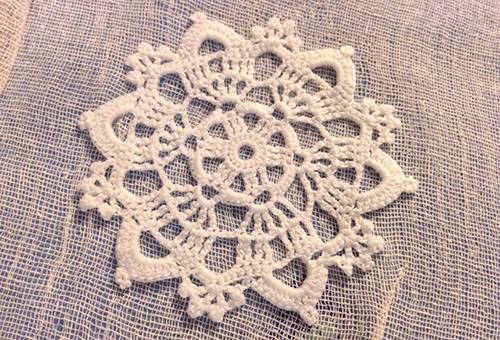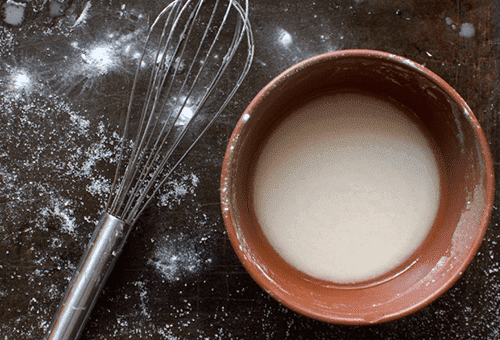How to starch knitted and regular napkins correctly?
The tradition of using decorative napkins in room decoration and table setting is no longer old-fashioned. Those who want to join the army of fans of this trend should learn how to starch a napkin sewn from fabric or crocheted. Simple manipulation will allow you to experiment with the shape of the product and have a positive effect on its appearance. Depending on the desired degree of rigidity, a variety of means can be used. The approach to processing products is approximately the same in all cases, but there are often important nuances that affect the result.

The process of starching napkins using the principles of traditional methods
All modifications to the process are based on the basic method that was used decades ago. It can be used to starch both rag and crocheted napkins or tablecloths.
- First of all, you need to decide on the density that you want to give to the product. If you only need to slightly secure the shape, then you need to take no more than a teaspoon of starch per liter of water. A tablespoon per liter of water will give more pronounced hardness. Two tablespoons of starch per liter of water and the product will keep the desired shape.
- Before starching a napkin, you need to properly prepare the composition. First, the powder is diluted with a small amount of cool water and thoroughly kneaded until it becomes a homogeneous thick cream.Bring the remaining liquid to a boil in a clean container. Immediately after it boils, add the prepared composition, boil the product for a few more seconds, stirring constantly. If you want to give the product a glossy shine, you should add a pinch of fine table salt to the starch mass.
- The starch is cooled to a pleasant warm state and then a crocheted or rag napkin is dipped into it. Using our fingers, we help the fabric to thoroughly wet and evenly soak in the composition. Then we take out the product and squeeze it well.
- We lay out the damp napkin on a thick, flat surface, straightening out all the corners, folds and decorative elements. Cover it with a clean rag and quickly run the iron over medium heat.
Advice
If you are processing a crocheted element, it is recommended to secure the individual parts with pins so that they do not curl up. It will be difficult to correct the shape; you will have to do the whole manipulation again.
How to starch a napkin using unusual products?
In addition to the described approach, you can starch napkins by using less traditional formulations.
- Sugar. Add three tablespoons of granulated sugar to half a glass of hot water and place on very low heat. We dilute a teaspoon of starch with cool water until it becomes sour cream and add it to the solution with sugar. Mix the product and apply according to the usual scenario. When choosing this approach, you need to take into account that although sweet napkins retain their shape for a very long time, after some time they begin to attract insects.
- Milk. An approach that helps give a decorative item a matte finish and additional volume. Most often used for knitted products.Take half a liter of low-fat milk, dilute half a tablespoon of rice starch with a small amount of this milk in a separate container. Bring the rest of the liquid to a boil and dilute the thick starch mass in it. Cool and use as intended.
- PVA glue. Fresh, high-quality glue without lumps or sediment is diluted with cool water. For one part of glue, take two parts of water. Dip the napkin into the adhesive composition and leave it for at least a quarter of an hour. If the knitting is very tight, you can lightly help the threads with your hands. It is imperative to check the quality of the impregnation, otherwise the item will look sloppy. We take out the product, lightly wring it out and iron it according to all the rules.
- "Dry" method. If you need to starch a napkin urgently and there is no way to bother with preparing one of the listed compositions, you can resort to a quick and simple processing option. Place the clean product on a sheet of paper (not newspaper), sprinkle it generously with cool water from a spray bottle, sprinkle with starch and rub it in lightly. Cover the napkin with a second sheet of paper and carefully iron the structure with a hot iron.
Regardless of the type of composition used, it is necessary to starch things immediately before use, and not before storage. The slightest break will ruin the appearance of the product and make it impossible to quickly restore it. The required complex shape is given to the napkins while they are still slightly damp.
